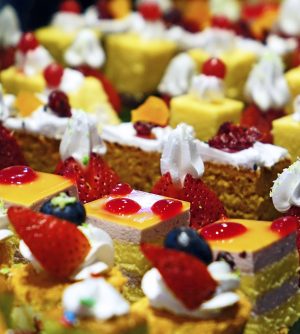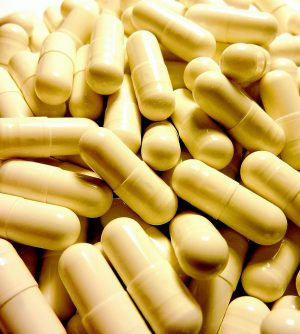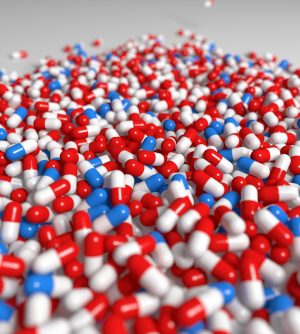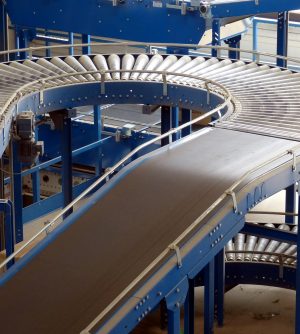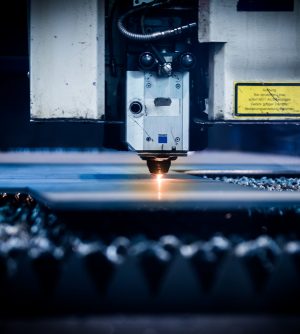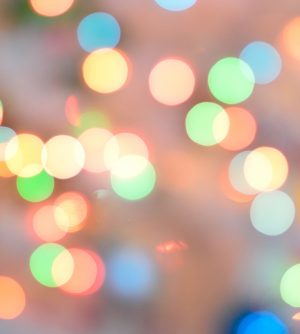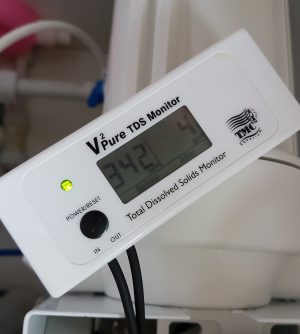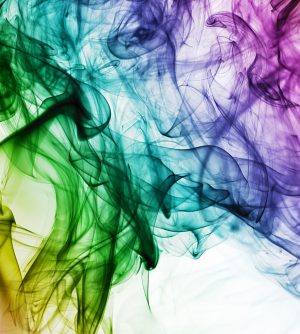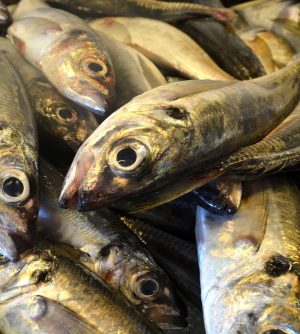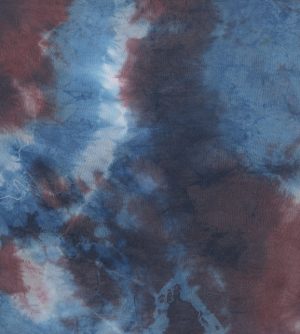X
Disclaimer
This website has been produced with the financial assistance of the European Union. The content of this website is the sole responsibility of the SwitchMed project and can in no way be taken to reflect the views of the European Union or the Secretariat of the United Nations Industrial Development Organization (UNIDO). Although great care has been taken to maintain the accuracy of the information herein, neither UNIDO nor its Member States assume any responsibility for consequences which may arise from the use of the material.
Access to the information, documents, products and services contained in this website is provided as a public service by the UNIDO. The information presented does not necessarily reflect the views of UNIDO or of the governments of UNIDO Member States and as such is not an official record.
All information available from this website is provided on an "as is" and "as available" basis. UNIDO makes no warranties, either express or implied, concerning the accuracy, completeness, reliability, or suitability of the information. Neither does it warrant that use of the information is free of any claims of copyright infringement. Under no circumstances shall UNIDO be liable for any loss, damage, liability or expense incurred or suffered that is claimed to have resulted from the use of this website, including, without limitation, any fault, error, omission, computer virus, interruption or delay with respect thereto. The use of this website is at the user’s sole risk.
Extracts from UNIDO material contained in this website may be freely used elsewhere provided that acknowledgement of the source is made. If the material indicates that the information (including photos and graphics) is from a source or site external to UNIDO, permission for reuse must be sought from the originating organization.
UNIDO cannot and does not guarantee the authenticity of documents on the Internet. Links to non-UNIDO sites do not imply any official endorsement of or responsibility for the opinions, ideas, data, or products presented at these locations, or guarantee the validity of the information provided. Links to non-UNIDO websites are provided solely as a pointer to information on topics that may be useful to UNIDO staff, Member States and the public.
The use of particular designations of countries or territories does not imply any judgement by UNIDO as to the legal status of such countries or territories, of their authorities and institutions or of the delimitation of their boundaries.
The mention of names of specific companies or products (whether or not indicated as registered) does not imply any intention to infringe proprietary rights, nor should it be construed as an endorsement or recommendation on the part of UNIDO.
Nothing herein shall constitute or be considered to be a limitation upon or a waiver of the privileges and immunities of UNIDO, which are specifically reserved.
